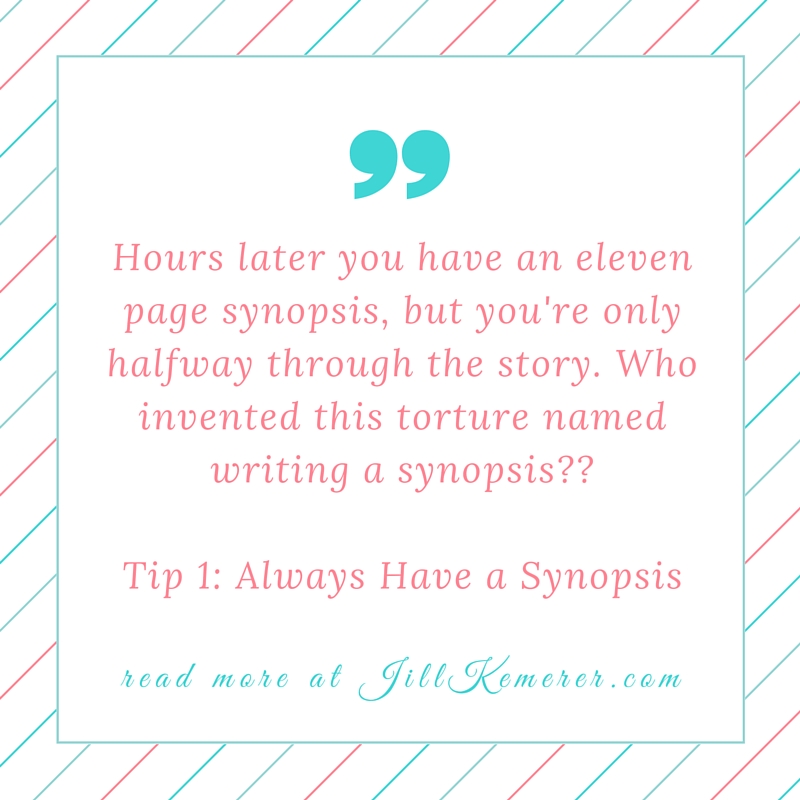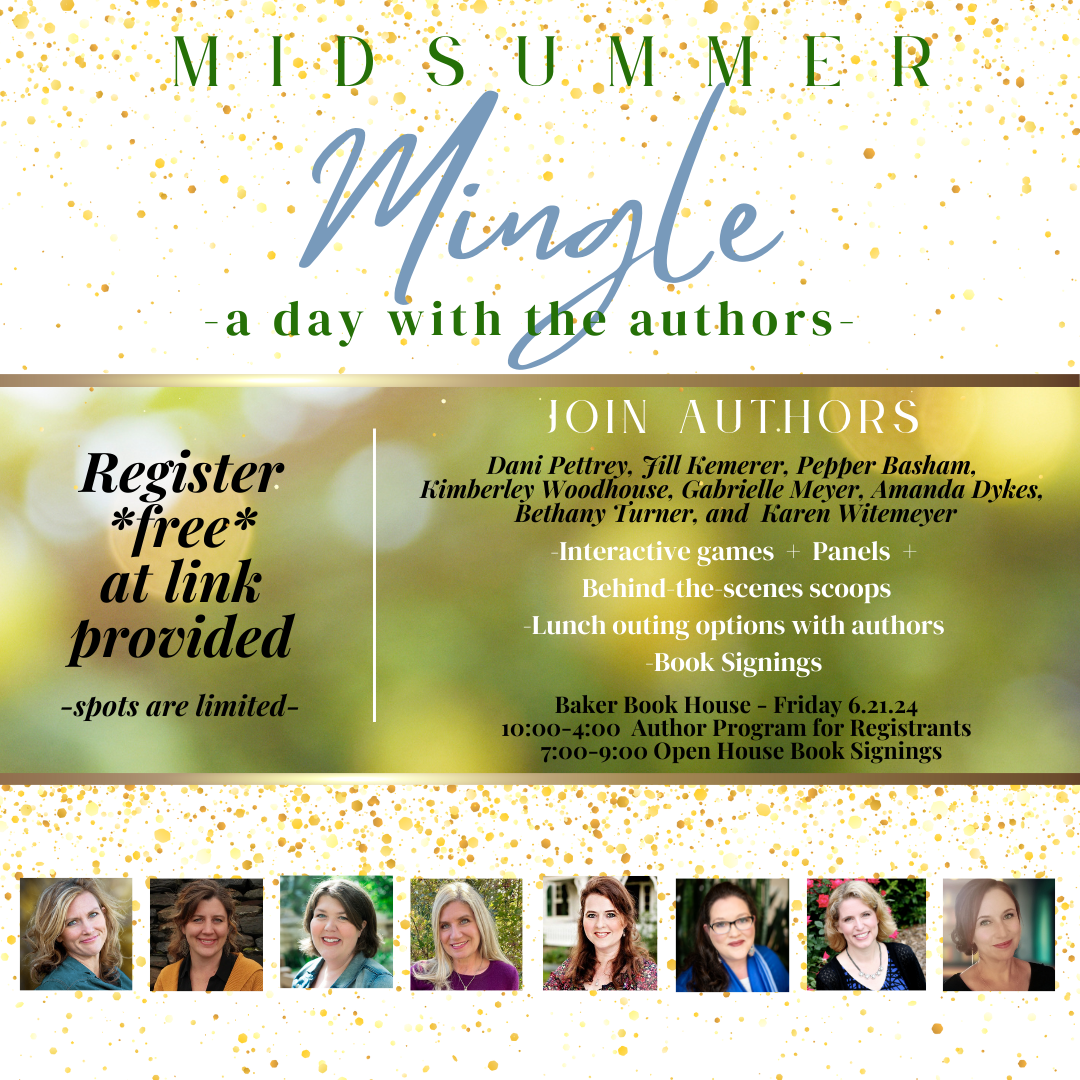My writer productivity skyrockets when I set monthly writer goals, and it’s time to share…
3 Tips to Do As Soon As You Finish a Manuscript: Writer Wednesday
When you’re writing a new book, the details of the story–characters, setting, scenes–consume your mind. You can recall any detail easily at will. If someone were to ask you about your book, you could go on and on for hours. However, months later when you’ve been pitching it to agents and editors or entering it into contests, you’re usually writing another book. And the details of the new story are fresh in your mind.
Fast forward a year. Let’s say you’re at a conference and you pitch your new book. The editor doesn’t seem interested, so you mention the previous book. Their eyes light up, and a little buzz of excitement runs through your chest. You tell them the story basics and wonder of wonders, they request the manuscript along with a synopsis! Yay!
You arrive home giddy, but when you open your files, you cringe. It’s been over a year since you’ve even thought about that book. The manuscript is there, but you never got around to writing the synopsis. You really want to send this book before the editor’s interest cools, so you brew a pot of coffee and tell yourself it’s just a synopsis. You’ll whip one up. How bad can it be?
Hours later you have an eleven page synopsis, but you’re only halfway through the story. You want to pull your hair out. The coffee left you jittery, and you’re barking at anyone who looks at you. Tears threaten. A wail rises deep within your soul. Who invented this torture named writing a synopsis??
The next day you power through, finish drafting the synopsis and sigh in relief that it clocks in at seventeen pages. At least it’s under twenty, right? You work into the night to tighten it up. Is fourteen pages too many? Who cares. I need to send this already!
You close your eyes, compose an email and attach the manuscript with your synopsis. You hit Send.
The next day you’re nervous. For some unspoken reason you open the synopsis file. You see a typo on page one. Ugh! No! Then you read blogs to take your mind off the glaring misspelling and come across one about the proper length of a synopsis. Five to six double-spaced pages for a full length novel? How can anyone condense it to that length?
Now you’re panicky. Did you just blow your chance with the editor? You feel woefully inadequate, unprepared and you just want to go to bed for two weeks…
***
Writers overanalyze things. It’s what we do. I’ve panicked about a million little things–none worth my energy. But I know myself. I’m going to freak out about stupid things because it’s how I’m wired. So I decided to make life easier on myself. Years ago, I took a few worry inducers out of the equation, and you can too.
Here are three of my tips to do as soon as you finish your manuscript.
1. Always have a synopsis.
For six years I’ve written the synopsis before I even write the book. If you don’t want to get that carried away, write the synopsis right after you finish the book. Don’t wait until you start submitting. Do it while the story is fresh, the characters are close to your heart, and you can easily recite their goals, motivations, conflicts and other themes. I know writing a synopsis is horrifying. It is. But force yourself to write one within a few days of finishing your novel. Aim to keep it under eight double-spaced pages, shorter if possible. Some agents and editors want a 1-2 page single-spaced synopsis, so you might want to draft a compact one, too. By preparing one now, you save yourself anxiety later. You want everything you send to be as error-free and easy to understand as possible.
2. Keep your digital files organized.
Do you have a system for easily retrieving old files? I recommend a sub-file system on your computer. Have a master folder “Books.” Create sub-folders for series, “Lake Endwell.” Create sub-folders for individual books, “Her Small-Town Romance.” Create sub-folder for various book related items, “Business,” “Drafts,” “Synopses,” “Art Department,” and so forth. Name your final manuscript something simple, like “Title-Final-Full-Manuscript” and keep it in the main folder for that book. This helps you quickly locate the final draft when someone requests it.
It will look like this:
Books
– Series (Lake Endwell)
– Title (Her Small-Town Romance)
– Business
– Drafts
– Synopses
– Art Dept
3. Track your submissions.
I use Microsoft OneNote to keep track of important dates for my books, but you can use any system that works for you. For each book, I keep a plotting log, writing log, and a revising log. I have tabs for plot notes, research notes, and my promotion list. I also have a tab for Business, and this has a submissions log. I jot down important dates and responses. When I was unpublished, I kept track of which agents I queried/pitched, which editors I queried/pitched, the date they requested (if they requested) and the date of their response if they ultimately passed. This took the guesswork out of “should I follow up” or not. It’s easy to lose track of time when on submission. What feels like two months might only have been three weeks. Plus, it’s simple to look up who you’ve queried and how long their response took.
Bonus tips for published authors:
After my first book was published, I realized there were several other things I could do as soon as my manuscript was finished to make life easier down the line.
1. Create a short title list.
I’m always asked to submit more titles. Having a shortlist makes it easier!
2. Jot 3-4 possible scenes for my art sheets.
I also create a Pinterest board while I’m writing the first draft. I search for pins that might work for the cover and pin them to my board.
3. Write a 500-750 word synopsis.
I have to include a 500-word synopsis to the art department when I’m filling out art sheets for a contracted book. So after I finish the manuscript, I take a few hours to throw a super short synopsis together. I don’t bother revising it. When the art sheets are due, it doesn’t take long to polish it. It’s made my life so much easier!
***
I’d love to hear your tips! What do you do when you finish a manuscript?
Have a fabulous week!





I do all those things, Jill! I also, the day after I turn in a book, take two days off. I don’t turn on my computer or my iPad and I avoid all housekeeping chores. The days are mine to do…whatever – go to lunch with a girl friend, have a mani-pedi, roam the stacks at our library…that little breath of downtime really helps me put that book away, and get ready to start the next one.
Best tip ever, Kristina!! So smart!! We need downtime, but it’s easy to neglect!!